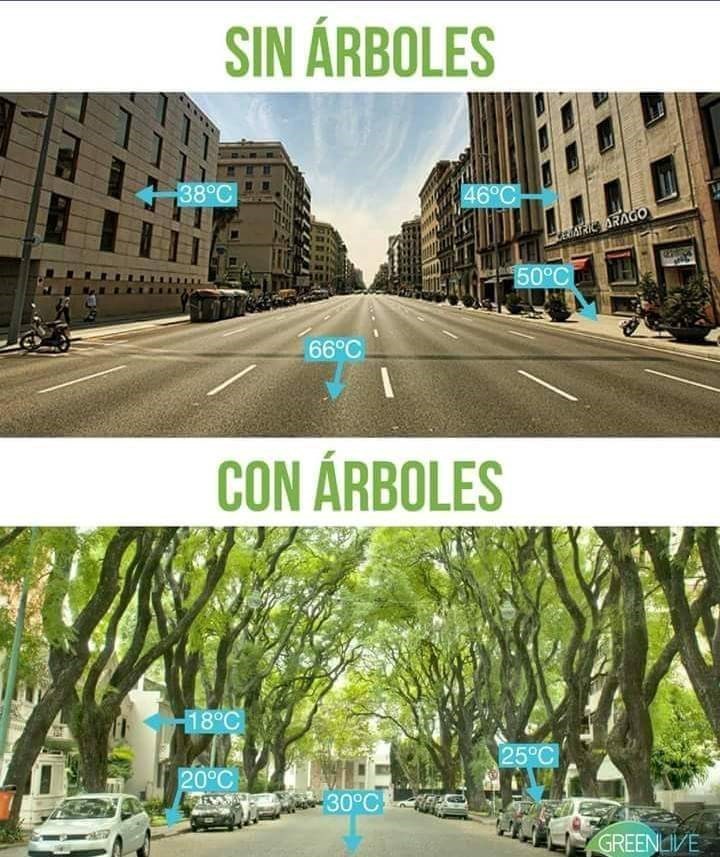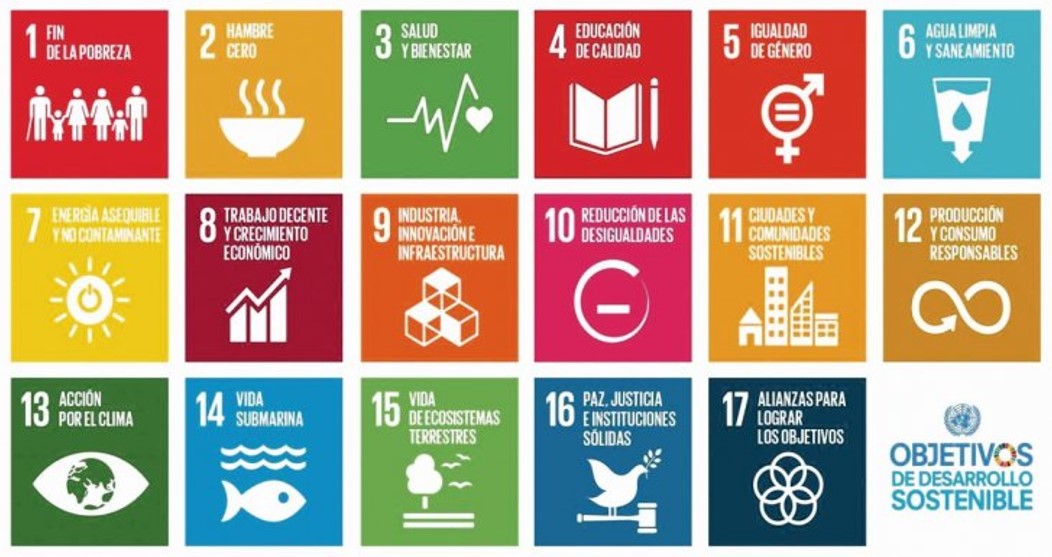Urban trees, that sometimes we only value for its shade or because they give a touch of color to urban asphalt, they are an essential element for the city. These can help mitigate some of the negative impacts of urbanization., and thus make cities more resistant to these changes.
The rapid expansion of cities, has occurred in our region, without a land use planning strategy, causing highly damaging effects on the landscape.
The environmental effects of urbanization are often intensified by climate change and include increased pollution, decreased availability of food and resources, as well as the increase in poverty and the frequency of extreme weather events.
Why plan the public woodland?
1. A large tree can absorb up to 150 kg of CO2 per year, therefore they are of great importance in a city where pollution is usually a major problem. Trees can improve air quality, making cities healthier places to live.
2. What's more, large trees are excellent filters for urban pollutants and fine particles. They absorb polluting gases such as carbon monoxide, nitrogen oxides, etc. They also filter out fine particles like dust, dirt or smoke from the air trapping them on the leaves and bark.
3. Trees play an important role in increasing urban biodiversity, providing plants and animals with a habitat, food and protection.
4. The strategic location of trees in cities can help cool the air between 2 y 8 ° C, thus reducing the "heat island" effect, an accumulation of heat by the immense mass of concrete, and other heat absorbing materials.

5. The
Research shows that living close to urban green spaces and
having access to them can improve physical and mental health, for instance
lowering high blood pressure and stress. This, at the same time, contributes
to the well-being of urban communities.
6. Mature trees regulate the flow of water and play a key role in
flood prevention and disaster risk reduction
natural.
7.
Proper placement of trees around buildings can reduce
the need for air conditioning in a 30 percent.
8. Trees can contribute to the increase
of local food and nutrition security, providing food like
fruits, nuts and leaves for both human consumption and forage.
Its wood, at the same time, can be used for cooking and heating.
9. Urban landscape planning with trees can increase the value of
a property in a 20 percent and attract tourism and business.
After listing all these advantage, it is clear that a well-planned and well-planned green infrastructure managed is key to a sustainable development of the city.
In Mendoza we found many deficiencies in the tree pits, both in old paths, as in the new.
Secondly there is a great heritage of trees that is important to care for and conserve.

For all that has been said, I believe it is essential to improve both investment in terms of plantation, and reconditioning of tree pits, as well as the care and good pruning of the existing specimens, What as well as increase the diversity of species.
Emilio Marchevsky








